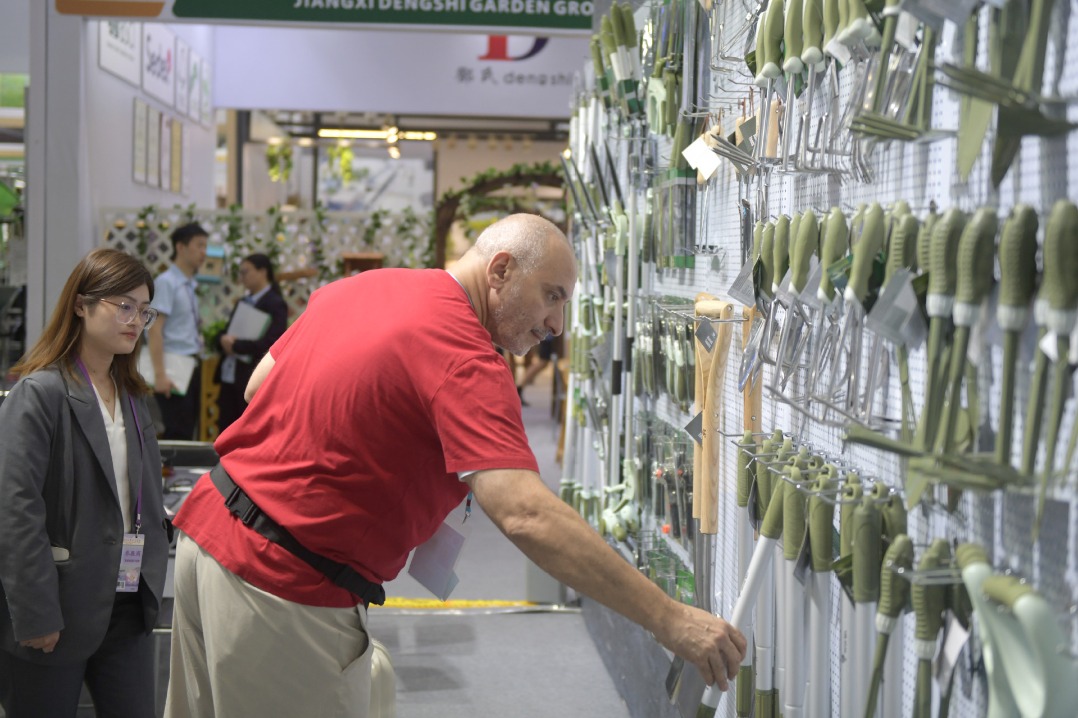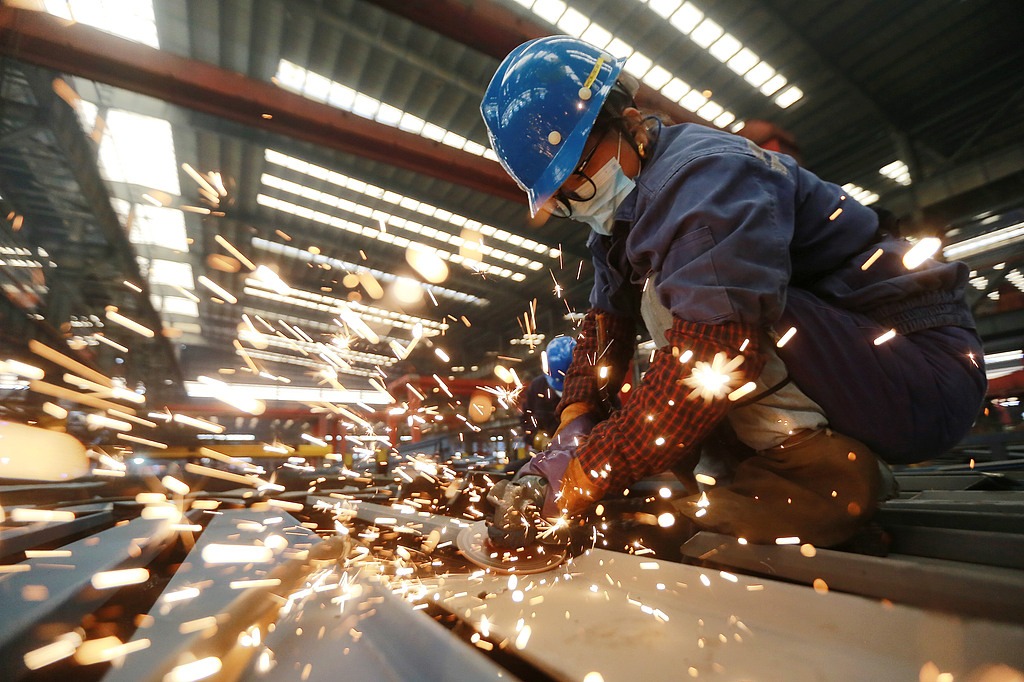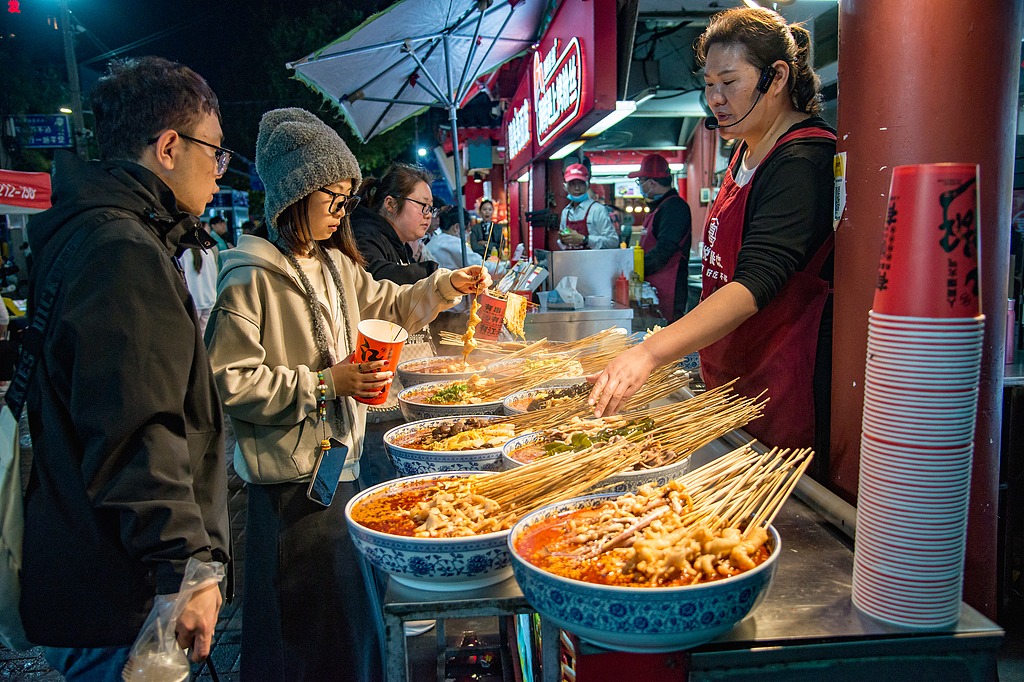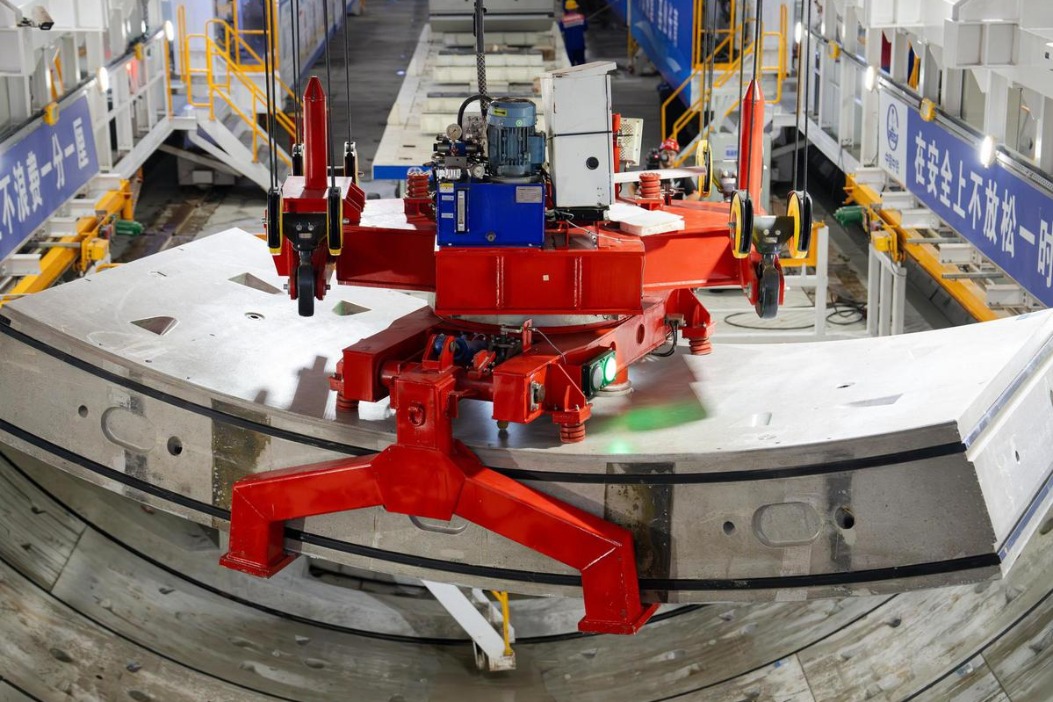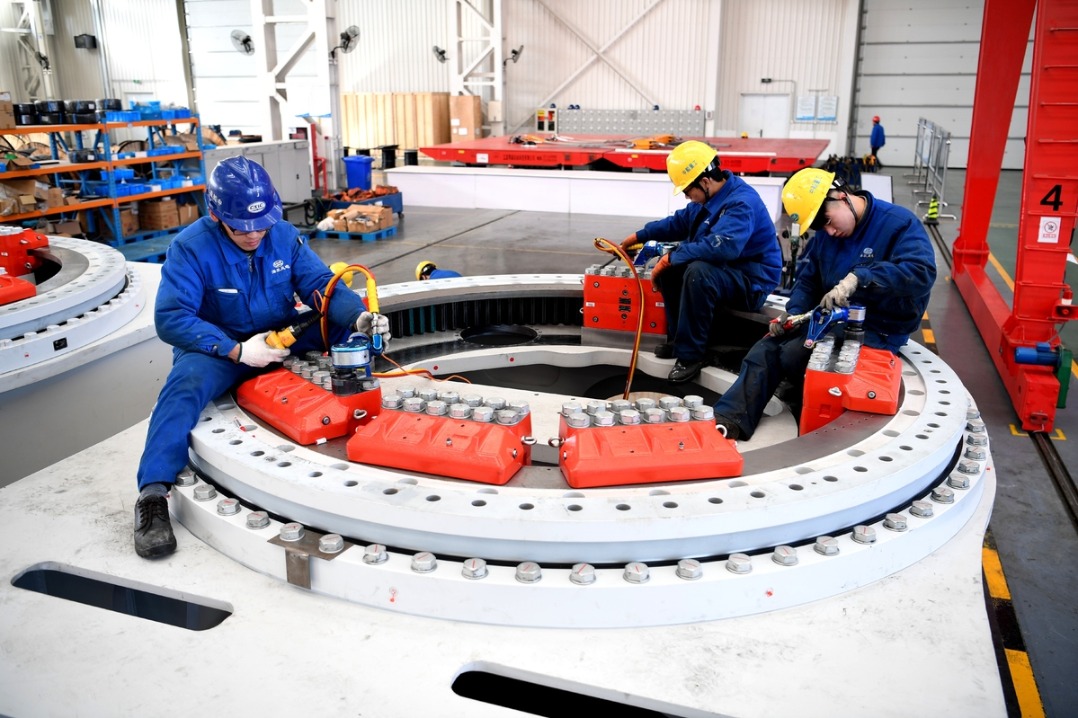High-end gaming talent in high demand

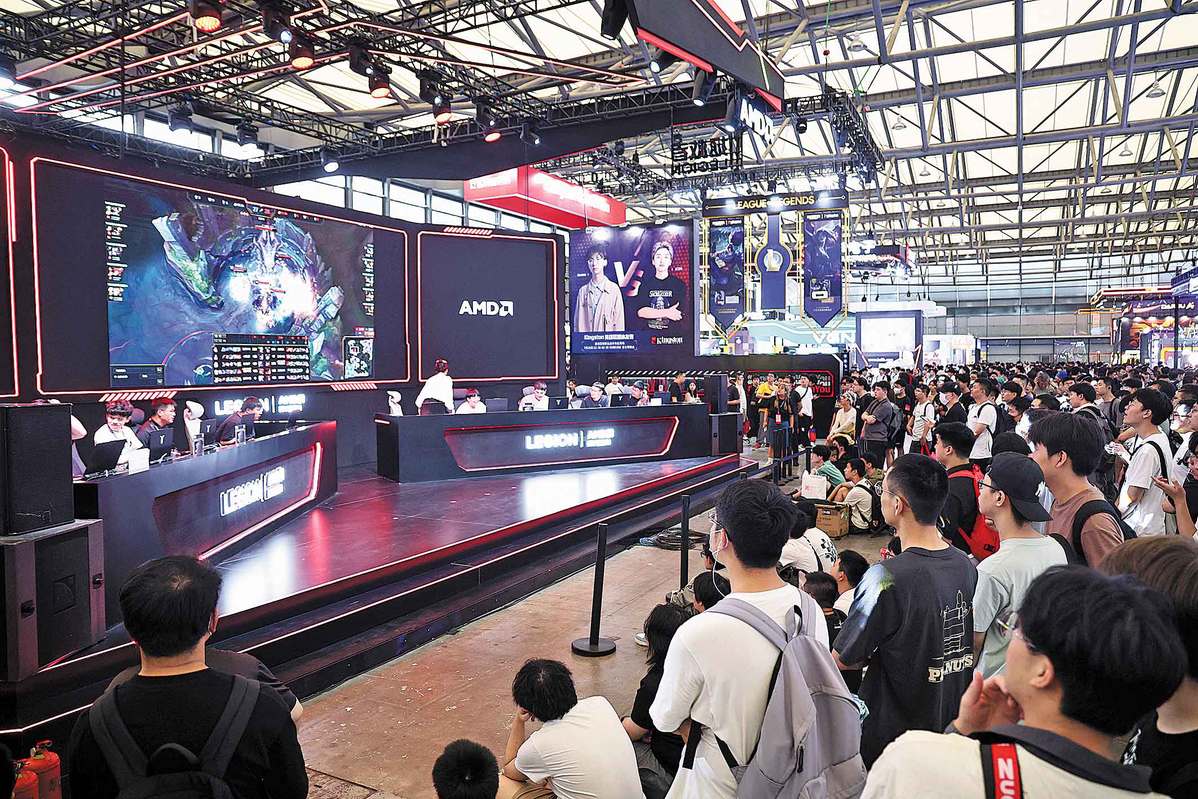
The gaming industry has been witnessing a flurry of activities with an increase in opportunities, though there is still a shortage of talented staff capable of meeting rising demand for high-end technicians, according to a new report.
As a rising number of gaming companies have been actively embracing emerging technologies such as artificial intelligence, demand for properly trained technical talent has been increasing over the past three years, said the report by Chinese professional networking platform Maimai.
While the overall talent pool in the gaming sector is currently sufficient, there is still a shortage of high-end technical talent, the report said.
Compared with other gaming fields, the technical subsectors of audio, video, graphics and image development have seen the broadest gaps in terms of sufficient talent supply. The ratio in the first seven months came in at 0.53, which means there are two job openings for each applicant, pointing to an acute talent shortage in the industry. There is also a rising demand for talent in fields such as algorithms, natural language processing and system safety technology.
Lin Fan, founder and CEO of Maimai, said he believes the extent to which individuals in the workplace adapt to AI will determine their salary levels in the future.
Lin said middle to high-end professionals are set to establish collaborative working relationships with giant AI models, and collaborating with AI-generated content and technologies will become the norm. And the talent gap in the AI field at the mid to high-end levels will continue to widen, according to Lin.
With blossoming AI technological breakthroughs, 2023 marks a breakout year for AI in gaming development.
According to Maimai, nearly 95 percent of people who work in the gaming industry are actively embracing AI, with over one-fifth already considering AI tools as their work partners.
Notably, over 74 percent of gaming professionals have already used AI tools in their work, with over 7 percent using AI tools every day. While nearly 20 percent of professionals currently are not using AI tools, they are actively learning about them.
As AI technology is gradually applied in various aspects such as gaming design, programming and operations, AI talent has also witnessed an earnings boost.
During the January-July period, AI-related new postings including algorithm researchers, natural language processors, AI engineers and AIGC algorithm engineers made their names on the top 5 list in terms of new job postings, with some of the highest average monthly wages in the market. And postings for AI talent, such as natural language processors, algorithm engineers and AI engineers, saw a substantial monthly salary increase of over 30 percent during the past three years, the report said.
Currently, Beijing tops all other cities in terms of the number of gaming talent, followed by Shanghai, Guangzhou in Guangdong province and Hangzhou in Zhejiang province, according to Maimai.
The report said first-tier cities, including Beijing, Shanghai as well as Guangzhou and Shenzhen in Guangdong, have seen a saturated gaming talent pool. For instance, the supply-demand ratio in Beijing reached 2.83 in the first seven months, which means nearly three people are competing for every gaming job opening in the city.
Instead, non-first-tier cities like Fuzhou, Fujian province, have reported talent shortages in gaming, thus offering rising opportunities for job seekers in the gaming sector.
Meanwhile, non-first-tier cities like Wuhan in Hubei province and Zhuhai in Guangdong have seen a significant jump in the inflow-outflow ratio, attracting an increasing number of gaming talent over the past few years.
Yang Yunya, chief human resources officer at Shanghai-based Lilith Games, said the gaming sector has experienced hard times during the past two years, with a wide range of companies suspending their plans to hire more talent.
Looking ahead, she noted game companies still lack key talent, and firms need to ramp up efforts to attract and retain critical workers.


















